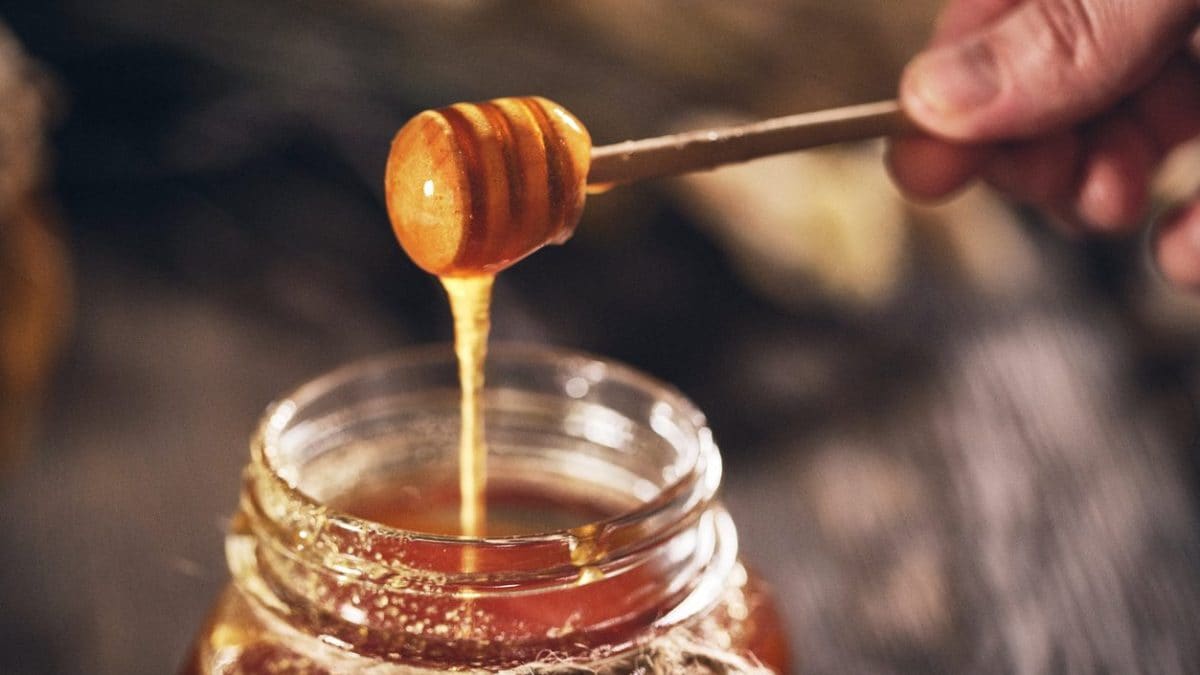
Mad honey, also known as hallucinogenic honey or red honey, is a unique and enigmatic substance with a storied history and intriguing properties. In this comprehensive guide, we'll delve into the world of mad honey, exploring its origins, psychoactive effects, potential health benefits, and the precautions one should take when consuming this extraordinary honey.
What is Mad Honey?

Mad honey is a type of honey produced by bees that feed on nectar from certain species of rhododendron flowers, particularly Rhododendron luteum and Rhododendron ponticum. These flowers contain grayanotoxins, neurotoxic compounds that are transferred to the honey during the nectar-collecting process. As a result, mad honey can induce psychoactive effects when consumed in sufficient quantities.
Mad honey is primarily found in regions with a suitable habitat for rhododendron plants, including parts of Nepal, Turkey, and the Black Sea region of Russia. In these areas, mad honey has been harvested and consumed for centuries, both for its purported medicinal properties and its psychoactive effects.
Psychoactive Properties and Effects of Mad Honey

The psychoactive effects of mad honey are attributed to its high concentrations of grayanotoxins, specifically grayanotoxin I and grayanotoxin II. These compounds interfere with nerve impulse transmission, leading to symptoms such as dizziness, nausea, vomiting, and hallucinations.
Individuals who consume mad honey may experience a range of effects, including euphoria, visual distortions, heightened sensory perception, and feelings of relaxation. However, these effects can vary depending on factors such as the dosage ingested, the individual's tolerance, and the specific composition of the honey.
While some people seek out mad honey for its psychoactive effects, it's important to note that these effects can be unpredictable and potentially dangerous. Ingesting large quantities of mad honey can lead to grayanotoxin poisoning, characterized by varying symptoms.
Health Benefits and Risks of Eating Mad Honey
In addition to its psychoactive properties, mad honey is also believed to possess certain health benefits. Traditionally, it has been used in folk medicine practices to treat various ailments, including digestive disorders, respiratory infections, and cardiovascular conditions. Some studies suggest that mad honey may have antimicrobial, anti-inflammatory, and antioxidant properties, though further research is needed to fully understand its therapeutic potential.
Despite its potential benefits, mad honey carries inherent risks, particularly when consumed in large quantities or by individuals with underlying health conditions. Grayanotoxin poisoning can have serious consequences and you may also be allergic, especially if you are already allergic to pollen and bee products.

5 Things to Do Before Consuming Mad Honey
Given the potential risks associated with mad honey consumption, it's essential to exercise caution and moderation when experimenting with this substance. Here are some precautions to keep in mind:
- Only purchase mad honey from reputable sources to ensure its quality and authenticity. Avoid purchasing honey from unknown or unreliable sources, as it may be impure.
- Choose the right dosage. Start with small doses of mad honey and gradually increase the amount as tolerated. Monitor your body's response and discontinue use if you experience any adverse effects.
- Be aware of the signs and symptoms of grayanotoxin poisoning. Seek medical attention immediately if you suspect poisoning or experience severe symptoms.
- If you have pollen allergies or sensitivities to bee products, exercise caution when consuming mad honey. Allergic reactions can occur and may be severe in some cases.
- Use mad honey responsibly and avoid excessive or reckless consumption. Remember that while it may offer unique experiences, it also carries risks that should not be taken lightly.
In conclusion, whether you consume mad honey for medicinal purposes or just out of curiosity, ensure to keep all of the above in mind. Enjoy!
;Resize,width=767;)
